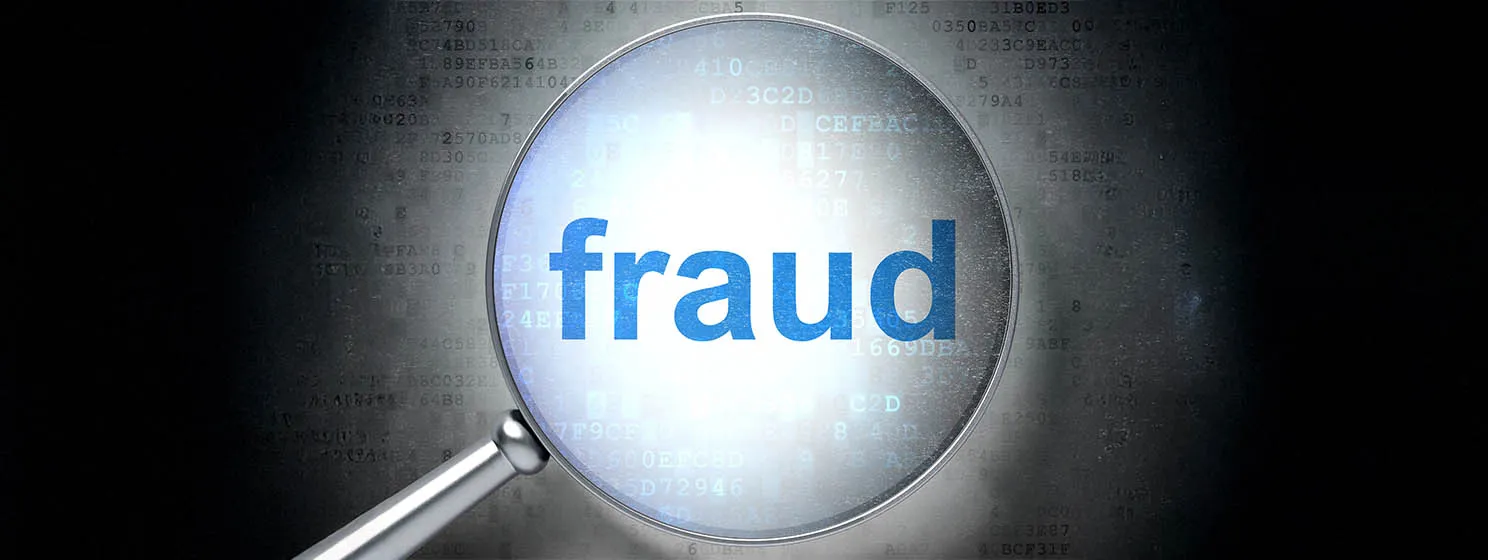|
Getting your Trinity Audio player ready...
|
Bitcoin blockchain explorer WhatsOnChain will develop into a “browser for the blockchain” offering new tools to make data processed on Bitcoin SV (BSV) more useful and transparent. TAAL Distributed Information Technologies Inc. (CSE:TAAL | FWB:9SQ1 | OTC: TAALF) this week acquired the company in a GBP2 million deal to buy all issued and outstanding shares, with development milestones for WhatsOnChain staff.
TAAL said in a statement that it intends to develop new revenue streams including support and services for enterprise users, APIs and proprietary server components that mesh with its own corporate services. WhatsOnChain’s base is open-source and the site’s basic functions (including existing APIs) are free to the general public.
WhatsOnChain was the first explorer to dedicate itself entirely to the BSV blockchain, launching in November 2018 as “sort of a hobby.” Its development team of co-founder Simon Ordish, Liam Missin and Waqas Raza have decades of business and software development experience each. The three will be joining TAAL and continuing in their current roles.
TAAL paid for the acquisition with 1,739,882 TAAL common shares. WhatsOnChain staff shares will be put on a four-month hold in compliance with securities laws, after which half will be locked for a year, and the remaining half for five years to be handed over on condition the team meets set development goals.
TAAL CEO Jerry Chan said the acquisition will allow the company to build an “incredibly innovative blockchain platform” that’s unique to BSV.
“TAAL welcomes the WhatsOnChain team and users, commits to supporting WhatsOnChain’s technology leadership in the BSV market, and will soon unleash its capabilities in enterprise industries which, when coupled with TAAL’s blockchain computing infrastructure and transaction processing, will unlock a world of possibilities.”
What’s a blockchain explorer?
Blockchain explorers on Bitcoin and other chains have been a useful tool for researchers, investigators and educators over the years. With BSV’s massive scaling and data-centric focus, however, their role is bound to become far more important in the future.
A large percentage of people (e.g. the average public user) uses a blockchain explorer mainly to check a transaction—to see if a payment has been made, confirmed, when, and to/from whom. Their search functions are versatile, allowing searches by address, TXID, block number, or (in WhatsOnChain’s case, since this is BSV) OP_RETURN data. The entire history of Bitcoin, going all the way back to January 2009, is searchable.
Most also provide general statistics about the blockchain in general, showing the current and past hashrate, unconfirmed transactions and mempool size, mining/processing difficulty, and circulating supply (for the record, there was 18,517,568 BSV circulating at the time of writing).
Bitcoin BSV’s aim to process and store all the world’s data on the blockchain makes the role of a blockchain explorer even more important. People and companies won’t just be checking on monetary transactions—there’ll also be vital records, tokens/assets, contracts, and more that few have considered yet. It all needs to be searchable and verifiable, and able to handle Bitcoin’s global scale.
“We’ll need tools to decode that data, and developers will need those tools as well,” Ordish has said in the past. These tools built on WhatsOnChain will eventually become as important as the raw data itself, and there will be a lot of both. The aim is to make these tools as accessible, user-friendly (to developers and non-developers alike) and able to integrate with other services, like Merchant API. With its acquisition, TAAL is planning to do just that.

 07-02-2025
07-02-2025 





